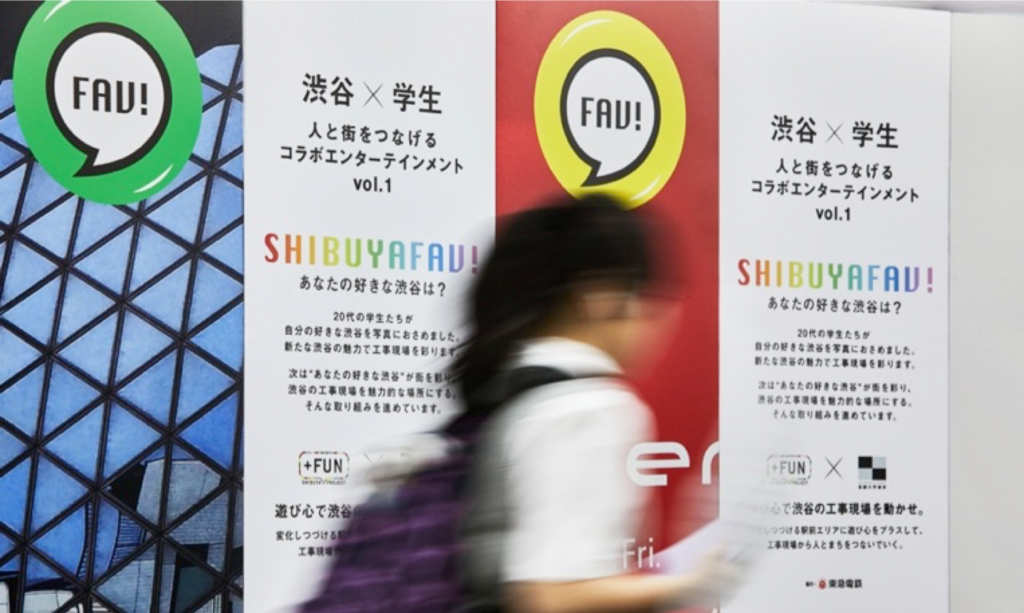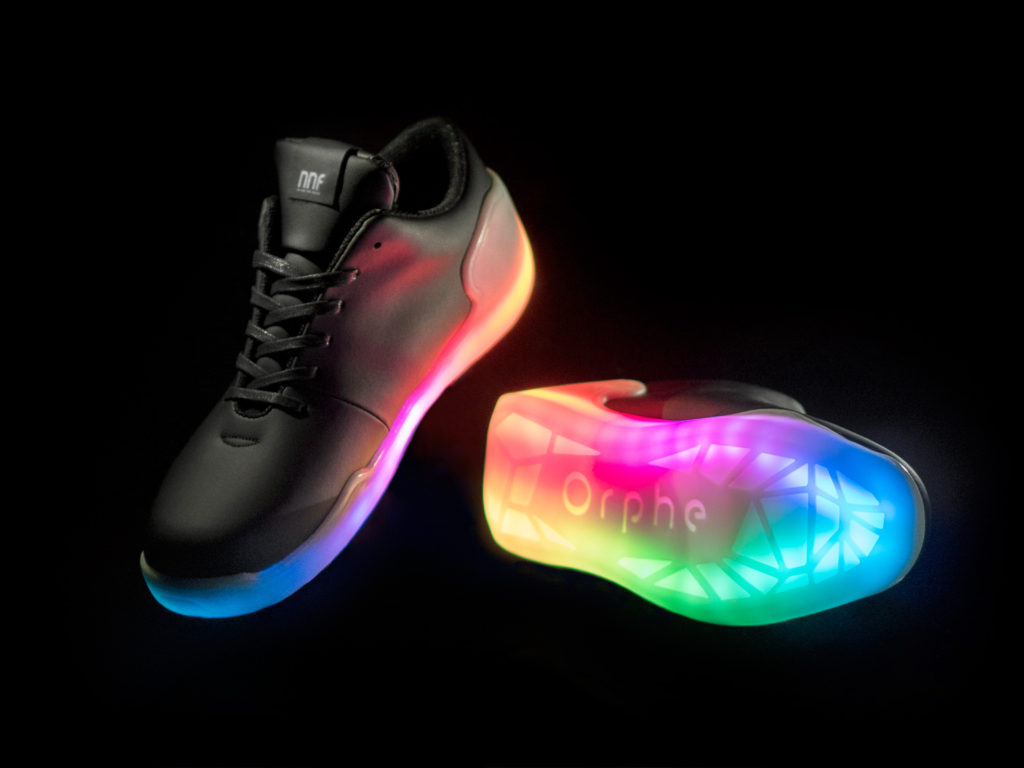Fusion of Various Design Areas and Advanced Engineering Areas
The Department of Industrial Art was established in 2006, as a course within the Faculty of System Design at Tokyo Metropolitan University. Currently, the Industrial Art Department consists of two cores, Media Art and Product Design (Media Creation field and Product Design field in the graduate school). We aim to integrate art, design and engineering.
In this department, students will acquire the ability to find and solve problems from a multidisciplinary perspective for issues unique to Tokyo. Two special features are “12 design studios” and “collaboration with advanced engineering fields”.
12 Design Areas
In this department, there are six studios under the Product Design core – Equipment and Service Design, Ergonomics Design, Interior Design, Spatial Design, Transportation Design and Interface Design. There are another six studios under the Media Art core – Editorial Design, Interactive art, Kinematograph Design, Network Design, Software Design and Visual Communication Design. There are a variety of studios within the department, and they are working closely together. This approach will strengthen collaboration between the design fields. Students will acquire a wide range of design skills to realize multi-layered design abilities from representation to experience, including programming, drawing, CAD, video production, and presentation skills.

Twelve studios that make up the department (in this department, laboratories are called studios)
Collaboration with Advanced Engineering Fields
In the Faculty of Systems Design, we are one of the five departments – Department of Computer Science, Department of Electrical Engineering and Computer Science, Department of Mechanical Systems Engineering, Department of Aeronautics and Astronautics and Department of Industrial Art. We have a unique educational feature which is a T-shaped educational model. Within the field of art and engineering, our department is considered unique to nurture students within such advanced engineering fields. Usually, students in the engineering fields are trained to acquire a specialized skill. However, the students of this department are developed to have comprehensive technology, design, and communication skills. Hence, they can play an active role as cross-disciplinary designers in the fields of robotics, information science, and aeronautical engineering.

T-shaped education model, which is a feature of this department
Tokyo Metropolitan Government and Community Collaboration
We are actively conducting research and projects related to urban issues. In addition to design projects with the Tokyo Metropolitan Government Bureau of Urban Development and Bureau of Environment, we also perform research on redevelopment with Shibuya Ward (Figure 1), Arakawa Ward and Tokyo Metropolitan Contracted Business, etc. There are various initiatives carried out every year.

Figure 1 Temporary fence design for a construction site at Shibuya Station area where redevelopment is advancing(Photo by Nacasa & Partners)
Industry-Academia Collaboration
We conduct joint research with many companies in Japan and overseas. In addition to a wide range of design projects, basic research, and prototyping, there is also a laboratory startup project (Figure 2) that aims to improve student motivation and raise awareness and experience in social contribution.

Figure 2 Example of product by a laboratory startup : Smart foot shoes “Orphe”
(Photo by no new folk studio inc.)
International Collaboration
We make effective use of the internal and external scholarships and actively send students overseas. There is a wide range of exchange partners and universities that we collaborate with, such as Ars Electronica (Austria) and Milan Polytechnic University (Italy).
2020.3.31

 Return to List
Return to List